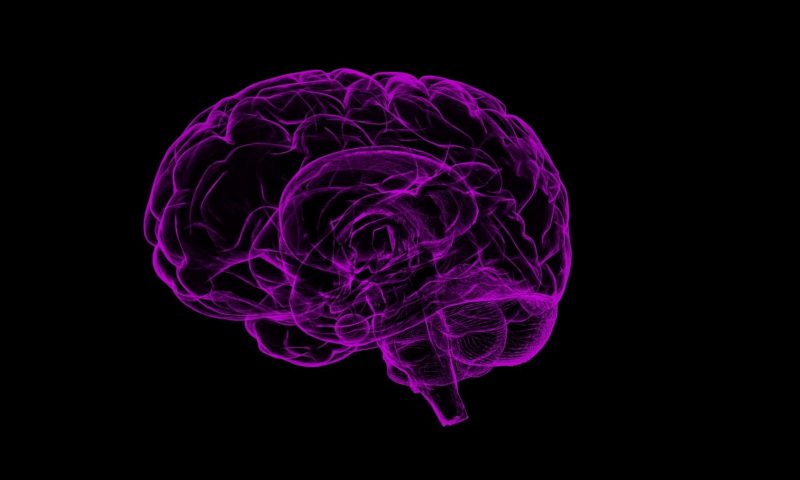Gene therapies that replace a single missing or faulty gene have been successful in treating some disorders, such as spinal muscular atrophy, the target of Novartis’ Zolgensma. But most neurodegenerative disorders are caused by multiple genetic abnormalities, making them difficult to address with gene therapy targeted at single mutations.
Scientists at the University of Cambridge have chosen a different path. Instead of going after the dysfunctional genes, they have developed a gene therapy that expresses two therapeutic proteins that boost nerve development and function. The therapy was the target of Astellas’ acquisition of U.K. gene therapy biotech Quethera in 2018.
The gene therapy expresses brain-derived neurotrophic factor (BNDF) and its receptor, tropomyosin receptor kinase B (TrkB). It showed promise in two mouse models: one of glaucoma and the other of misfolded tau protein, which is linked to neurodegenerative diseases such as Alzheimer’s and dementia. The study was published in Science Advances.
The therapy described in the study is a prototype, and one with a modified construct is moving through preclinical development at Astellas, said Keith Martin, the study’s corresponding author and a co-founder of Quethera, in an email to Fierce Biotech Research. The Japanese pharma is looking to start a first-in-human clinical trial in 2023. Martin and study co-author and Quethera co-founder Peter Widdowson, Ph.D., are consultants to Astellas.
BNDF and TrkB are known to promote a process called axonal transport, in which axons help move mitochondria, lipids, proteins and other key elements between neuronal cells. The machinery is crucial for the function and survival of nerve cells, and its disruption is a hallmark of neurodegenerative disease.
“The axons of nerve cells function a bit like a railway system, where the cargo is essential components required for the cells to survive and function. In neurodegenerative diseases, this railway system can get damaged or blocked,” Tasneem Khatib, the study’s first author, explained in a statement. “We reckoned that replacing two molecules that we know work effectively together would help to repair this transport network more effectively than delivering either one alone, and that is exactly what we found.”
The team first tested the theory in a mouse model of glaucoma, a disease that causes the optic nerve to degenerate. BNDF and TrkB signaling has previously been shown to protect neurons after optic nerve injury and to delay retinal degeneration.
Delivery of the BNDF-TrkB gene therapy led to a significant increase in axonal transport in the optic nerves, the team found. The rodents’ retinas also showed an improved electrical response to light, which the researchers characterized as a “functional recovery,” suggesting the animals’ vision was being restored.
The researchers went on to explore whether the improvement in optic nerve axonal transport could be duplicated in the brain. In a mouse model of Alzheimer’s marked by a toxic buildup of tau, the gene therapy increased axonal transport in the brain. What’s more, it was associated with a small improvement in short-term memory as measured by a maze challenge, the team reported.
Other research groups have developed gene therapies targeting specific genes implicated in Alzheimer’s. A team at the University of South Florida is working on a candidate that targets beta-arrestin-2, which prevents the brain from clearing tau. New York biotech Lexeo Therapeutics has a therapy that delivers the APOE2 gene into the CNS with the goal to convert patients with two copies of APOE4 to an APOE4/APOE2 profile, which is linked to a lower risk of Alzheimer’s.
Khatib said the sustained therapeutic effect of BDNF-TrkB gene therapy could prove important for addressing chronic neurodegenerative diseases. And it could serve as a new strategy to improve neuronal repair, which could be applied to multiple diseases, the researchers suggested.

